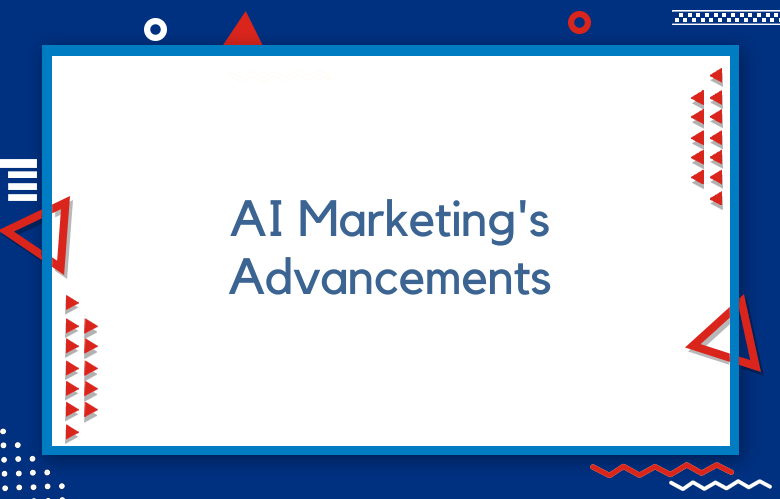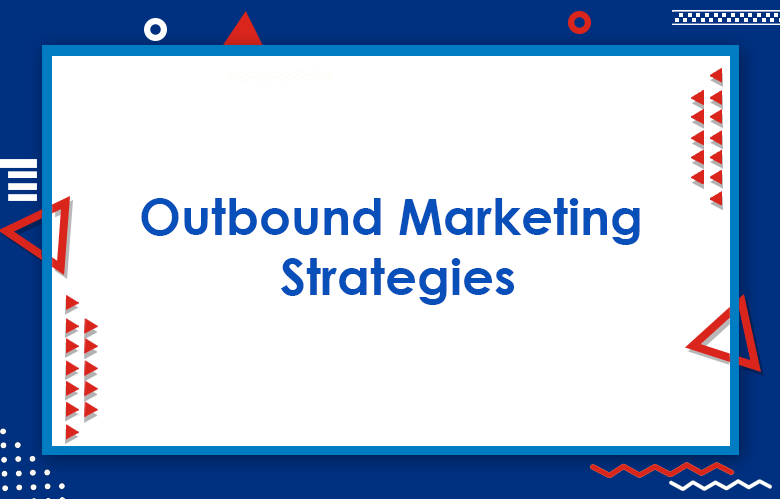AI Marketing’s Advancements in Semantic Correspondence with Viewpoint-Guided Maps

Artificial intelligence has come to the forefront of the technological revolution, and it has had an unprecedented impact on all facets of life, including marketing.
AI marketing has redefined digital marketing, identifying and analyzing data like never before to generate personalized and meaningful relationships between businesses and consumers.
Experts are now focusing on two innovative developments in AI marketing – semantic correspondence and viewpoint-guided maps; two concepts that have taken the digital world by storm.
Semantic correspondence is the ability of machines to understand and correspond precisely with human communication.
It enables AI marketing to comprehend context, meaning, and conceptual relationships in content. With semantic correspondence, AI can extract information from content and interpret it with a significant degree of accuracy. It thereby helps businesses understand their customers’ needs and preferences and identify the type of content that resonates with them.
The technology also creates more personalized content, which results in a higher conversion rate and customer engagement. Companies can provide tailored services and augment the user experience based on customer information captured via semantic correspondence.
The Future of Marketing with AI: Advancements in Semantic Correspondence with Viewpoint-Guided Maps
Artificial Intelligence (AI) has come a long way in the field of marketing. With advancements in deep learning algorithms, rapid advancements in big data analytics, and a focus on personalized and targeted marketing,
AI-powered marketing technology has become an essential tool for businesses worldwide. One of the latest advancements in AI marketing is the development of semantic correspondence with viewpoint-guided maps, a technology that has revolutionized the way businesses interact with customers.
Before diving into the world of AI marketing and its latest advancements in semantic correspondence, it’s essential to understand what it means. Viewpoint-guided maps are 3D visuals of various real-world objects that are used to train AI models for semantic correspondence.
The Evolution of AI Marketing’s Semantic Correspondence with Viewpoint-Guided Maps
Artificial Intelligence (AI) has changed the game of marketing over the past decade, providing marketers with powerful insights into consumer behavior and preferences.
One of the most significant advancements in AI marketing is semantic correspondence with viewpoint-guided maps, where AI algorithms can analyze and interpret consumer interactions with digital media to provide a personalized experience.
In this blog post, we will discuss how AI marketing has evolved to incorporate semantic correspondence with viewpoint-guided maps and the benefits it offers for marketers.
Semantic correspondence is AI’s capability to understand and interpret the semantics of language and the meaning behind it. The interaction between semantic correspondence and viewpoint-guided maps has provided new and improved marketing insights for businesses.
Personalization
One significant advantage of AI marketing’s advancements in semantic correspondence with viewpoint-guided maps is the ability to create more personalized experiences for customers.
By analyzing the customer’s behavior and preferences, AI can generate content and campaigns that are tailored to their specific needs and interests. This leads to a higher level of engagement, greater brand affinity, and ultimately increased revenue.
Enhanced Targeting
Another major benefit of AI marketing’s advancements in semantic correspondence with viewpoint-guided maps is the ability to target customers more effectively.
With AI, businesses can better understand customer behavior and preferences, allowing them to segment their audience with greater accuracy. By targeting specific groups, businesses can create more relevant and compelling campaigns, resulting in higher conversion rates and increased ROI.
Improved Efficiency
AI marketing’s advancements in semantic correspondence with viewpoint-guided maps can also help businesses improve their efficiency.
Viewpoint-guided maps allow businesses to visualize the customer journey and identify areas for improvement, allowing them to streamline their operations and optimize their marketing efforts.
By automating tasks and processes that were previously done manually, businesses can save time and resources, allowing them to focus on more strategic initiatives.
Better Insights
Advancements in semantic correspondence with viewpoint-guided maps can provide businesses with better insights into customer behavior.
By analyzing data gathered from multiple touchpoints, businesses can better understand the customer’s journey and identify patterns and trends. This allows businesses to create data-driven strategies that are more effective at driving engagement and generating revenue.
Exploring the Benefits of AI Marketing’s Advancements in Semantic Correspondence with Viewpoint-Guided Maps
Artificial Intelligence(AI) is making rapid strides in several fields, and marketing is no exception. With the help of AI, marketers are developing new ways to recognize customers’ needs, mine and analyze data, and personalize campaigns to increase conversions.
One of the latest advances in this field is the integration of semantic correspondence with viewpoint-guided maps. This post will delve into this state-of-the-art technology and what it means for marketers.
Semantic Correspondence
Semantic correspondence aims to identify the meaning of language and assign it to its correct category. With the help of Natural Language Processing(NLP) techniques, AI marketing tools can extract customers’ information, interests, intent, etc., and categorize them.
Once marketers understand the customers’ needs and wants, they can optimize their campaigns to match them, increasing the chances of conversions.
Viewpoint-Guided Maps
Traditionally, marketers use statistical data to group customers into segments. It involves analyzing hundreds of data points to create generalizations.
However, with the advent of viewpoint-guided maps, AI marketing tools can create dynamic customer maps through a set of predetermined, actionable views based on insights from semantic correspondence. These maps offer a comprehensive view of customers’ wants, enabling marketers to customize their campaigns accordingly.
Conclusion
In summary, we can state that AI marketing has taken the digital world by storm with semantic correspondence and viewpoint-guided maps.
Advanced AI technology allows businesses to better understand customers and can generate individualized and highly targeted content. AI marketing will undoubtedly continue to play a crucial role in shaping the future of digital marketing, as it enables businesses to generate a more significant impact while reducing overall costs.
The right combination of state-of-the-art marketing technologies will lead to the ultimate goal of meeting consumer needs and preferences while delivering the best marketing results for businesses.
Call: +91 9848321284
Email: [email protected]



